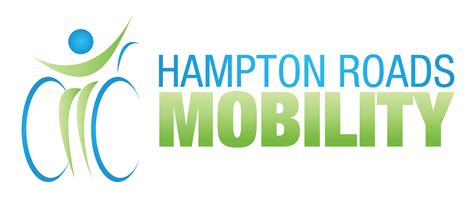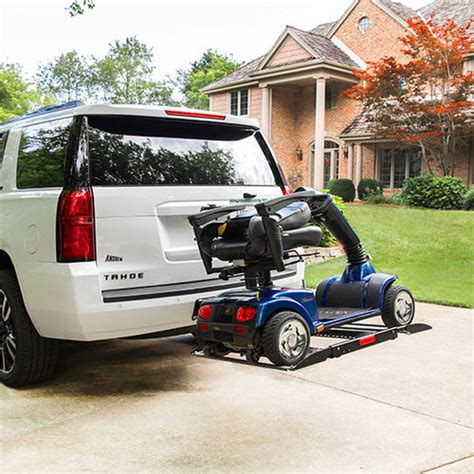Hampton Roads Mobility Solutions

Hampton Roads, a metropolitan area in southeastern Virginia, is known for its rich history, beautiful beaches, and thriving economy. However, like many urban areas, it faces challenges related to transportation and mobility. The region's roads are often congested, and traffic congestion is a major concern for commuters, businesses, and residents. To address these issues, various stakeholders, including government agencies, private companies, and non-profit organizations, have come together to develop and implement Hampton Roads mobility solutions.
One of the primary goals of these solutions is to reduce traffic congestion and improve air quality in the region. According to the Hampton Roads Transportation Planning Organization (HRTPO), the region's transportation system is facing significant challenges, including increasing population growth, aging infrastructure, and limited funding. To address these challenges, the HRTPO has developed a long-range transportation plan that outlines strategies for improving mobility, reducing congestion, and enhancing the overall quality of life in the region.
Key Points
- Hampton Roads faces significant transportation challenges, including traffic congestion and limited public transportation options.
- The region's transportation plan prioritizes multimodal transportation, including public transit, biking, and walking.
- Technological innovations, such as smart traffic signals and ride-hailing services, are being explored to improve mobility and reduce congestion.
- Stakeholders are working together to develop and implement mobility solutions that benefit the environment, economy, and quality of life.
- Public engagement and participation are essential to ensuring that mobility solutions meet the needs and priorities of the community.
Multimodal Transportation Solutions

To improve mobility in Hampton Roads, stakeholders are focusing on developing a multimodal transportation system that includes a range of options, such as public transit, biking, walking, and ride-hailing services. The Hampton Roads Transit (HRT) system, which includes buses and a light rail line, is being expanded and improved to provide more frequent and reliable service. Additionally, the region is investing in bike-friendly infrastructure, including bike lanes and trails, to encourage cycling as a mode of transportation.
Technological Innovations
Technological innovations are also being explored to improve mobility in Hampton Roads. For example, smart traffic signals are being installed to optimize traffic flow and reduce congestion. Additionally, ride-hailing services, such as Uber and Lyft, are being integrated into the public transportation system to provide more options for commuters. The region is also investing in electric vehicle charging infrastructure to support the adoption of electric vehicles and reduce greenhouse gas emissions.
| Mode of Transportation | Benefits |
|---|---|
| Public Transit | Reduced traffic congestion, improved air quality, increased mobility for low-income and elderly populations |
| Biking and Walking | Improved physical health, reduced traffic congestion, increased access to employment and education opportunities |
| Ride-hailing Services | Increased mobility for residents without access to cars, reduced traffic congestion, improved air quality |
| Electric Vehicles | Reduced greenhouse gas emissions, improved air quality, increased energy efficiency |

Public Engagement and Participation

Public engagement and participation are essential to ensuring that mobility solutions in Hampton Roads meet the needs and priorities of the community. The HRTPO and other stakeholders are working to engage with residents, businesses, and community organizations to gather feedback and input on transportation planning and policy decisions. This includes hosting public meetings, conducting surveys, and using social media to solicit feedback and comments.
Community Benefits
The development and implementation of Hampton Roads mobility solutions are expected to have numerous benefits for the community. These include reduced traffic congestion, improved air quality, and increased access to employment and education opportunities. Additionally, the region’s mobility solutions are expected to enhance the overall quality of life for residents, making it a more attractive place to live, work, and visit.
What are the primary goals of Hampton Roads mobility solutions?
+The primary goals of Hampton Roads mobility solutions are to reduce traffic congestion, improve air quality, and enhance the overall quality of life for residents.
How is the region addressing the needs of low-income and elderly populations?
+The region is addressing the needs of low-income and elderly populations by investing in public transportation, including buses and light rail, and by providing affordable and accessible mobility options.
What role is technology playing in improving mobility in Hampton Roads?
+Technology is playing a significant role in improving mobility in Hampton Roads, including the use of smart traffic signals, ride-hailing services, and electric vehicle charging infrastructure.
Meta Description: Discover how Hampton Roads is addressing its mobility challenges through innovative solutions, including multimodal transportation, technological innovations, and public engagement. Learn more about the region’s efforts to reduce traffic congestion, improve air quality, and enhance the overall quality of life for residents. (149 characters)



